| 2024 |
Galeria Azur, Berlin, Germany |
| 2023 |
Villa Cernigliaro, Sordevolo, Italy |
| 2023 |
Gallery MONAT, Madrid, Spain |
| 2022 |
Zero Gravita, Sordevolo, Italy |
| 2022 |
Bruxelles Art Fair, Belgium |
| 2020 |
On line, Covid 19 Zero Gravita, Italy |
| 2020 |
Maziart, Berlin, Germany |
| 2020 |
Art Fair Parallax, London, England |
| 2018 |
Zero Gravita, Sordevolo, Italy |
| 2007 |
Salles de l’Hotel de Villaines, La Chatre, France |
| 2007 |
Chateau de Villemenard, St Germain de Puy, Bourges, FR |
| 2007 |
Salon de Peinture, grand prix de la Ville d’Issoudun, France |
| 2006 |
C/Ostuzioni, Ivrea, Italy |
| 2006 |
Salon de peinture, Issoudun, award, France |
| 2006 |
Hotel de Ville, Chateauroux, France |
| 2005 |
Salon de Peinture, St. Florent (award), France |
| 2005 |
MEBAC, Mezieres en Brennes, France |
| 2005 |
Chapelle St. Solange, Issoudun, France |
| 2004 |
Office de Tourisme, Lignieres, France |
| 2004 |
Musee de Cordeliers, Chateauroux, France |
| 2003 |
Salon de Peinture, Chateauroux, France |
| 2003 |
Le Lavoir, Diou, France |
| 2003 |
Grunerie, Oegstgeest |
| 1999 |
Galerie Kadans, Den Haag |
| 1999 |
L’Art Retrouve, Den Haag |
| 1998 |
Galerie Halfje Bruin, Brummen |
| 1998 |
Galerie Segeren, Breda |
| 1996 |
Television Program “Kunst te Kijk” with special on her work |
| 1997 |
W.B.N. Utrecht |
| 1996 |
Galerie Kunst, Den Haag |
| 1995 |
Schiphol, Amsterdam |
| 1994 |
Stad en Kunst, Den Haag |
| 1993 |
Schoonhoven in ‘t Veld, Amsterdam |
| 1994 |
Galerie Kadans, Den Haag |
| 1992 |
Slot Doddendael, Ewijk |
| 1991 |
Galerie Kadans, Den Haag |
| 1990 |
Galerie Biervliet, Amsterdam |
| 1980 |
Tempel Galerie, Curacao, Caribbean |

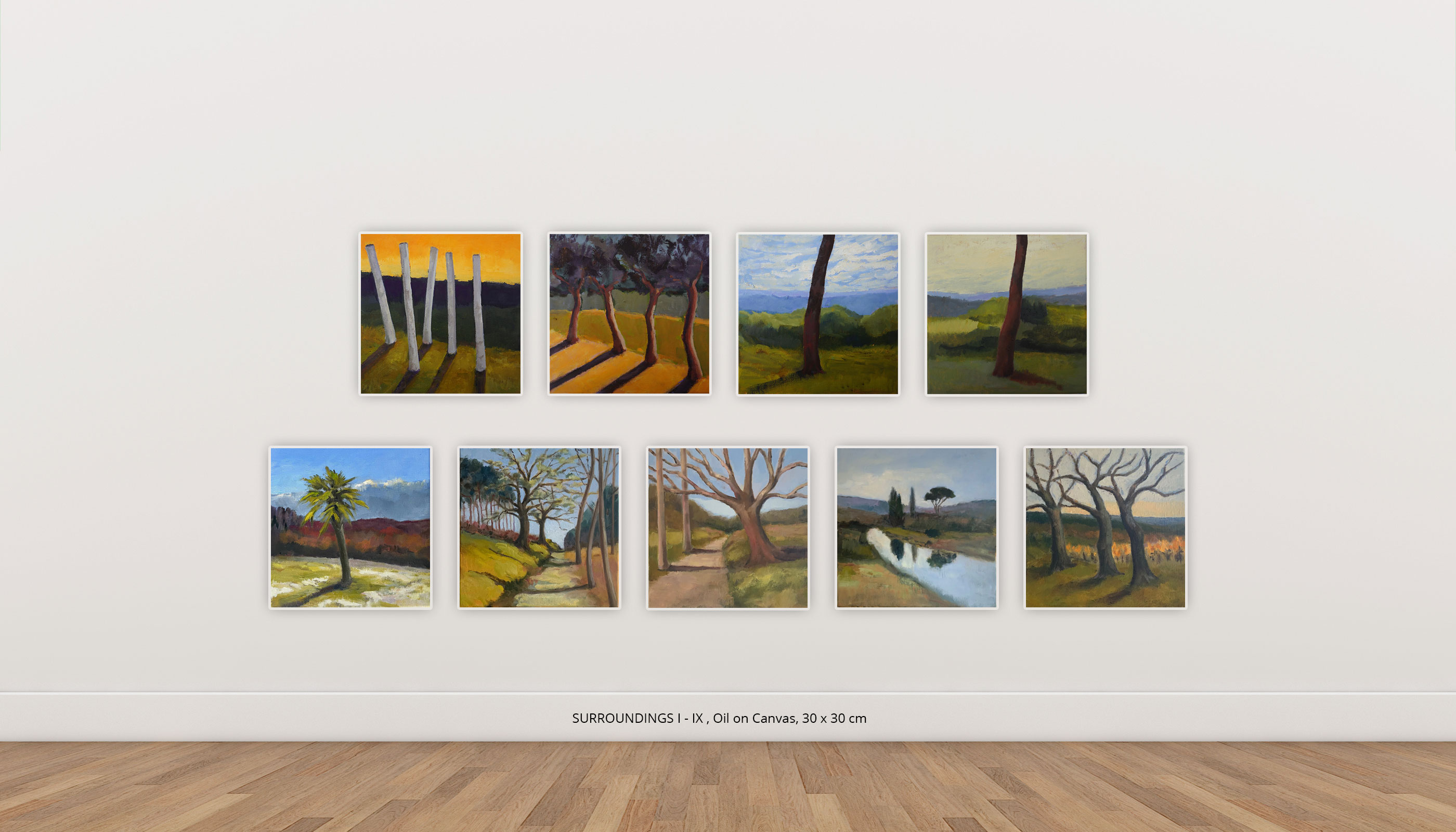









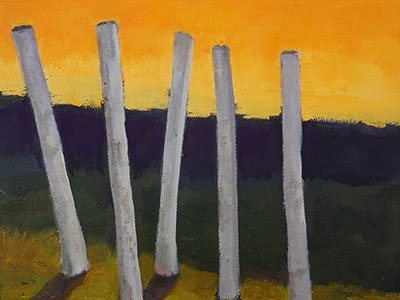
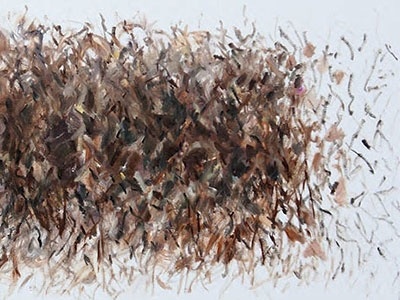
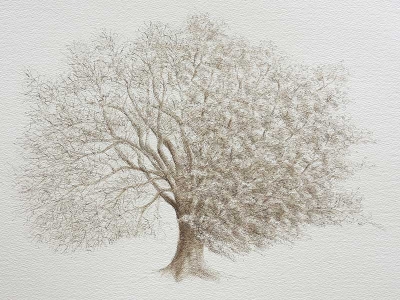
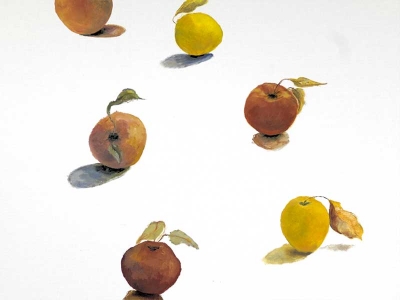
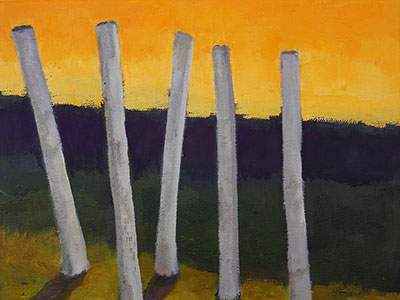
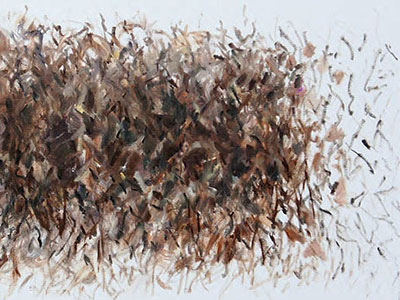













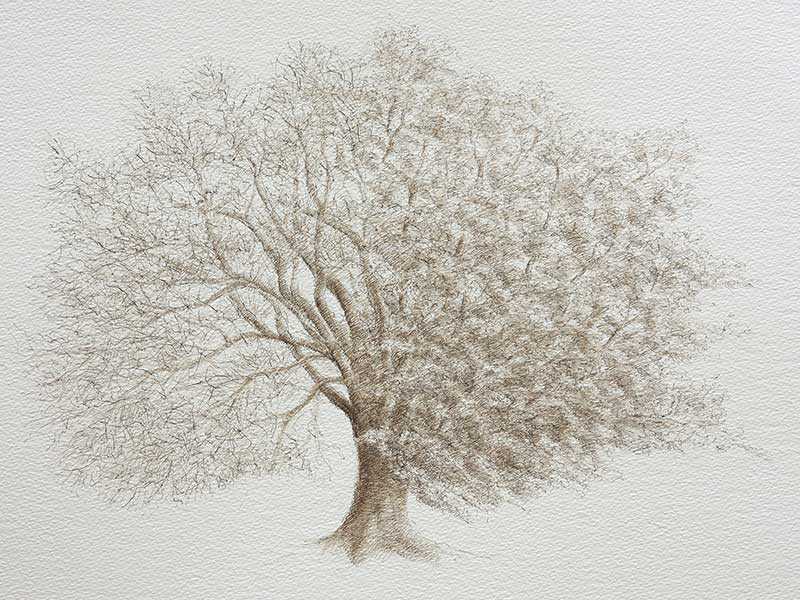

























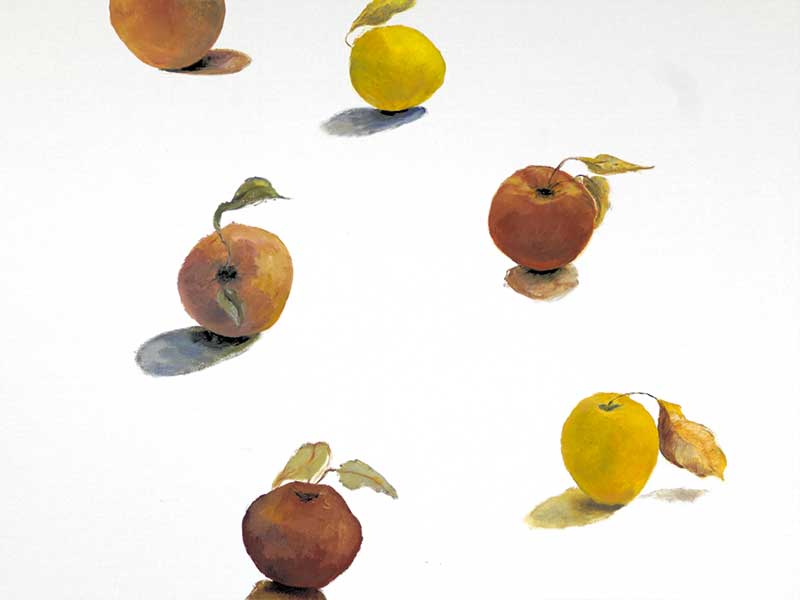
























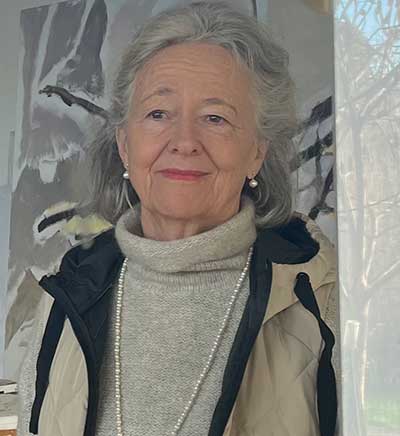 Born in the Netherlands, 1951, theresa rijssenbeek spends a large part of her youth near the North Sea coast. Dunes, woods and the sea are the setting of her early life. She draws what she admires. When she lives for three years on the tropical island of Curacao (late 70’s) she is overwhelmed by the colours and nature. She starts painting using oil and water paint. Her first exhibition is a great success. Back in the Netherlands she studies at the prominent Royal Academy in The Hague and becomes lifelong friends with head of department Rien Bout who also coaches her. Her professional career as a painter begins in 1990, with yearly exhibitions. The city of Delft commissions a 10 metre high mural painting in a housing project. Not much later, theresa’s work is also seen on Dutch television.
Born in the Netherlands, 1951, theresa rijssenbeek spends a large part of her youth near the North Sea coast. Dunes, woods and the sea are the setting of her early life. She draws what she admires. When she lives for three years on the tropical island of Curacao (late 70’s) she is overwhelmed by the colours and nature. She starts painting using oil and water paint. Her first exhibition is a great success. Back in the Netherlands she studies at the prominent Royal Academy in The Hague and becomes lifelong friends with head of department Rien Bout who also coaches her. Her professional career as a painter begins in 1990, with yearly exhibitions. The city of Delft commissions a 10 metre high mural painting in a housing project. Not much later, theresa’s work is also seen on Dutch television.


















